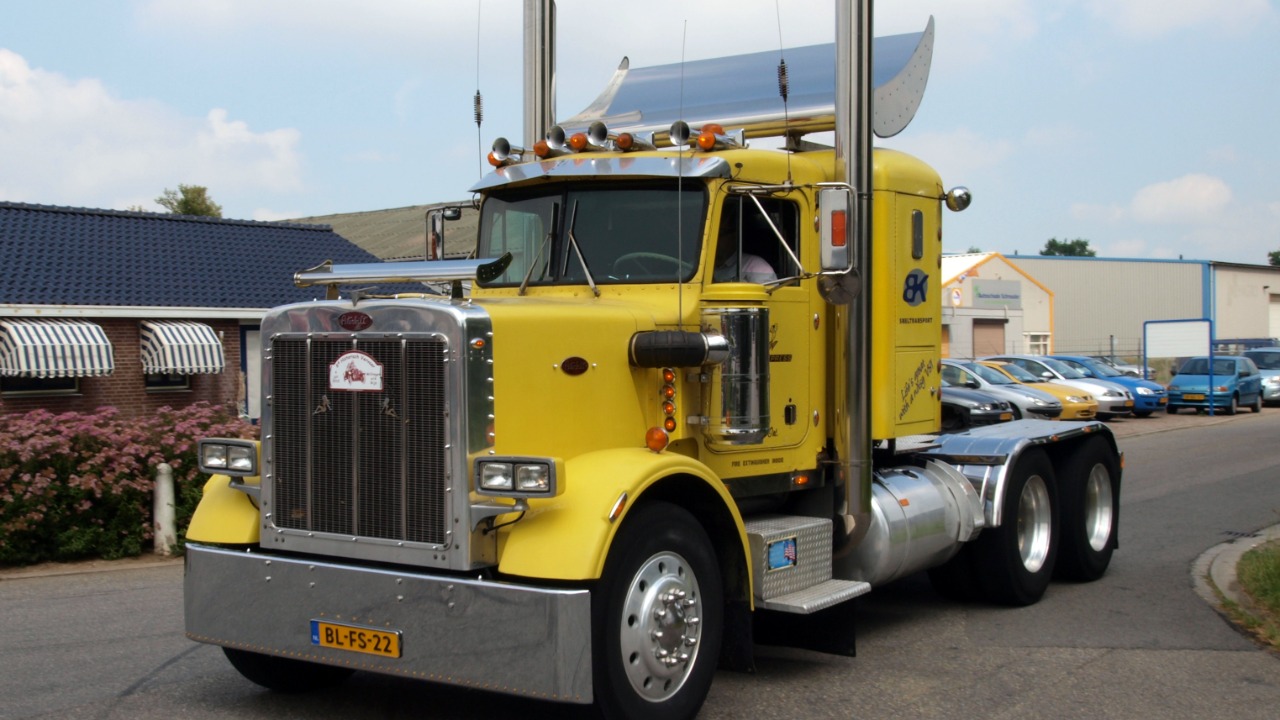
American semi-trucks are on the brink of a transformative era as Aurora Innovation plans to launch driverless models on public roads starting in May 2025. This marks a significant leap in autonomous freight transport, primarily tested in Texas and other U.S. states. Meanwhile, European truck manufacturers have been under scrutiny for their 2021 CO2 emissions reporting, released in December 2024, which highlighted varying compliance with the EU’s stringent environmental standards compared to the more lenient U.S. regulations. These developments highlight the fundamental differences in design, regulation, and innovation between the two regions’ heavy-duty trucking industries.
Historical Development and Cultural Impact
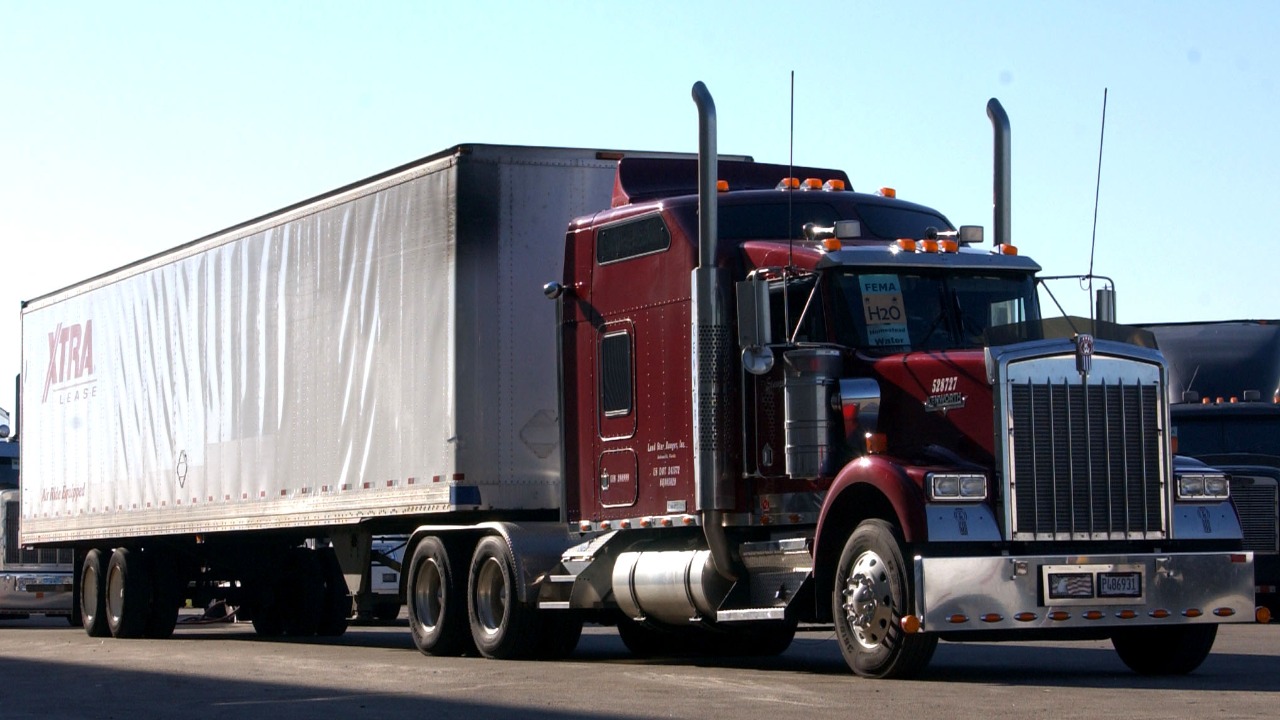
The post-World War II era marked a significant boom in U.S. trucking, with a pivotal moment in 1956 when America embraced trucks as symbols of economic freedom and infrastructure growth. This was largely driven by the expansion of the Interstate Highway System, which facilitated long-haul trucking and cemented the cultural image of the “big rig” as an American icon. The U.S. trucking industry thrived on the back of this infrastructure, fostering a cultural affinity for large, powerful trucks that became synonymous with American economic prowess. Source.
In contrast, Europe’s adoption of large semi-trucks was slower due to its denser urban layouts and the earlier dominance of rail transport. This led to the development of more compact truck designs from the mid-20th century onward. European cities, with their narrow streets and historical infrastructure, necessitated smaller, more maneuverable vehicles. As a result, the cultural impact of trucking in Europe did not mirror the American experience, with less emphasis on the grandeur of “big rigs” and more on efficiency and practicality.
The U.S. cultural affinity for “big rigs” influenced the development of larger cab-over-engine alternatives, which are less common in Europe. This preference for size and power in American trucks contrasts sharply with the European focus on compactness and efficiency, reflecting broader cultural and infrastructural differences between the two regions.
Major Manufacturers and Market Structures
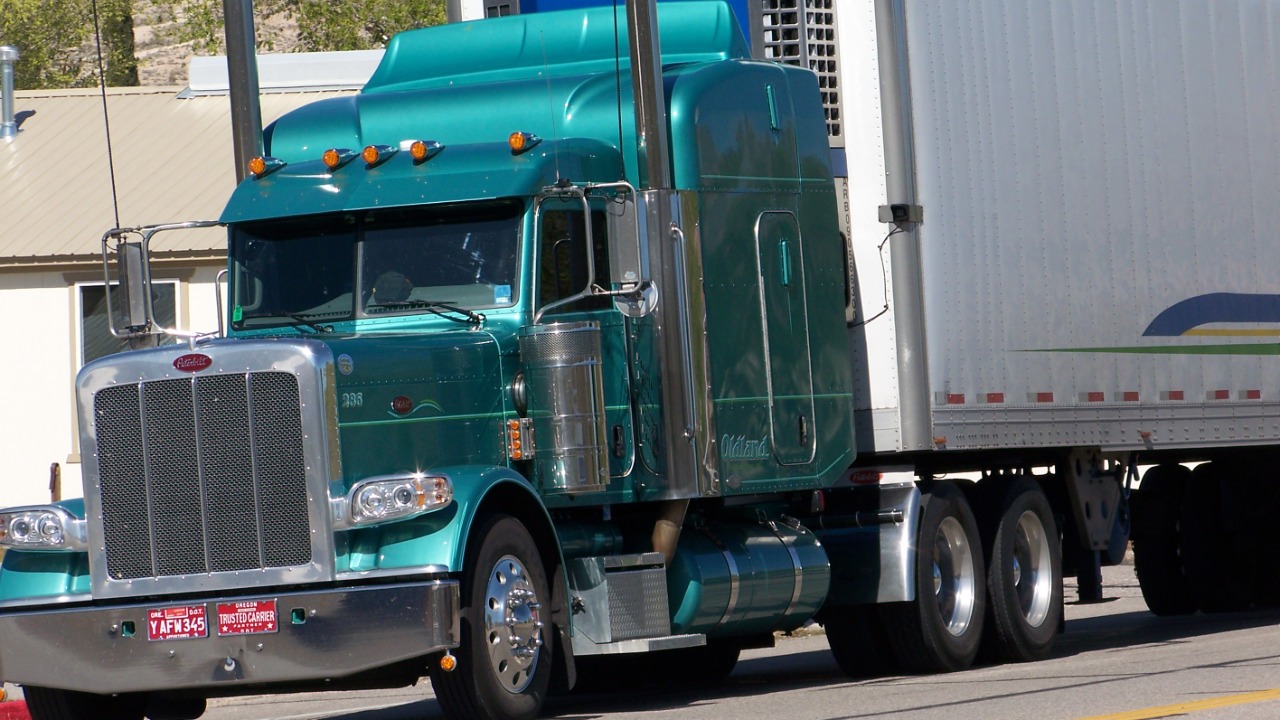
The history of U.S. heavy-duty truck manufacturers is dominated by seven key players, including Freightliner, Peterbilt, and Kenworth. These companies emerged in the early 20th century and have since dominated the North American market through their specialization in long-haul cabs. Their focus on customization and specialization has allowed them to cater to the diverse needs of the American trucking industry, which values flexibility and power. Source.
In Europe, giants like Volvo, Scania, and MAN have taken a different approach, emphasizing integrated production of both trucks and components since the 1890s. This has led to a market characterized by multinational consolidation and a focus on standardized models for cross-border efficiency. European manufacturers have prioritized uniformity and efficiency, aligning with the continent’s regulatory environment and logistical needs.
The market differences between the U.S. and Europe are stark, with the U.S. focusing on custom builds to meet specific demands, while Europe emphasizes standardized models to facilitate cross-border transport. This divergence reflects the differing priorities and regulatory landscapes of the two regions, with significant implications for manufacturers and consumers alike.
Emissions Regulations and Environmental Standards
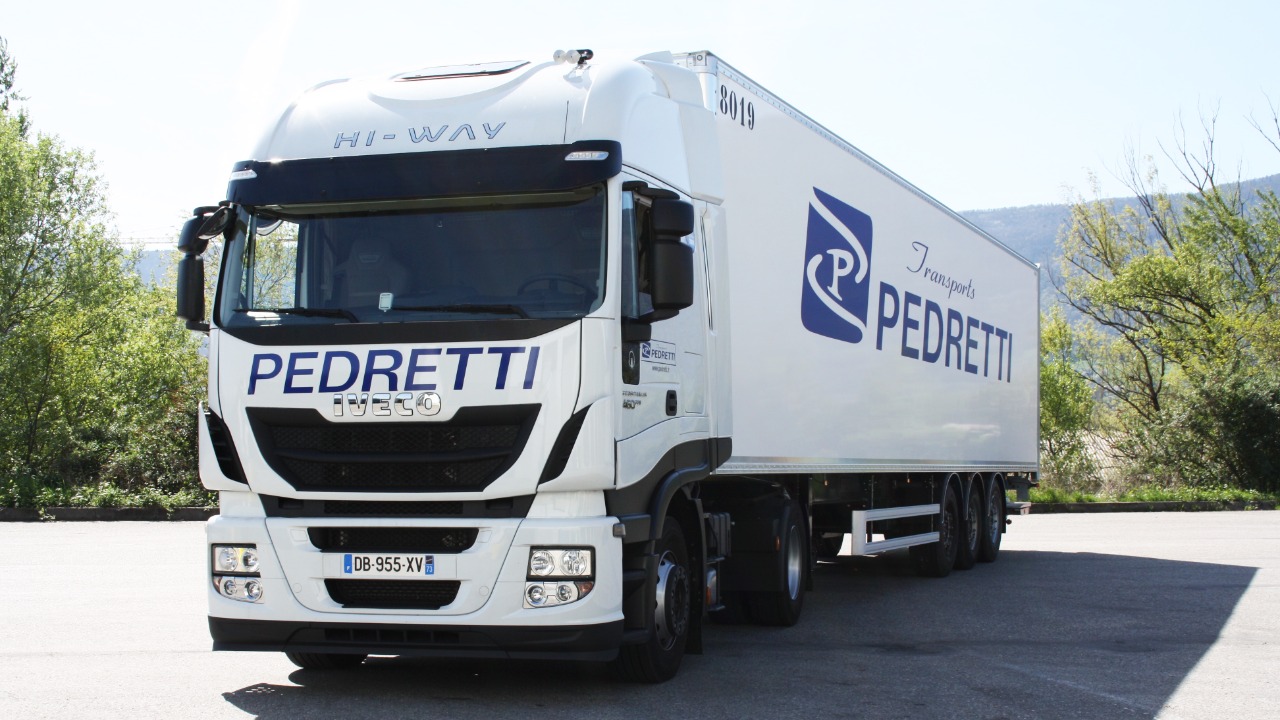
The EU has implemented rigorous CO2 reporting requirements for truck manufacturers, based on 2021 data. These regulations mandate reductions and transparency, resulting in varied performance across brands like Daimler and Iveco. The EU’s focus on CO2 emissions reflects its broader commitment to environmental sustainability and climate change mitigation. Source.
In contrast, U.S. EPA standards prioritize NOx and particulate matter over CO2, allowing for higher fuel consumption in larger American semis. This regulatory focus has led to differences in engine design, with Europe shifting towards smaller, more efficient diesel engines, while the U.S. continues to rely on powerful V8s. These regulatory differences have significant implications for manufacturers, influencing design choices and market strategies.
The impact of these regulations extends beyond manufacturers to consumers and the environment. In Europe, stricter emissions standards have driven innovation in engine efficiency and emissions reduction, while in the U.S., the focus on power and performance continues to shape consumer preferences and industry trends.
Design and Operational Differences
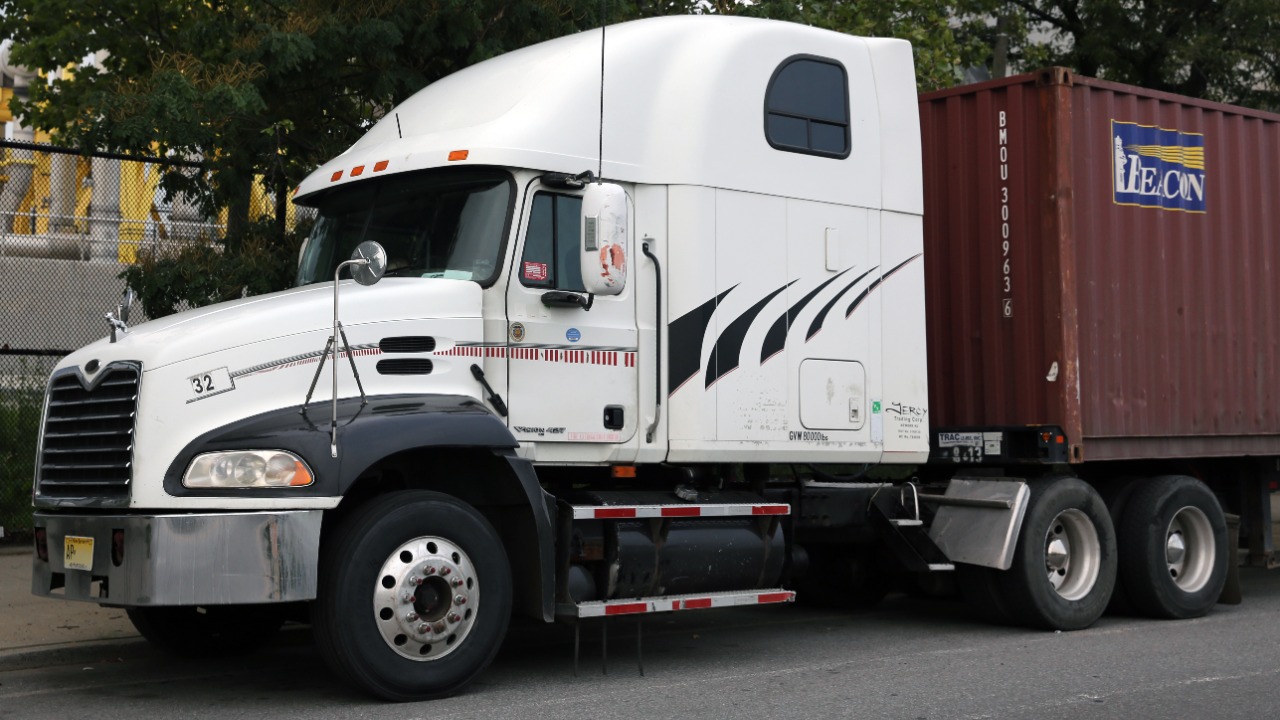
American semi-trucks are known for their larger dimensions, with allowances for 53-foot trailers and sleeper cabs up to 80,000 pounds GVWR. This contrasts with Europe’s 40-foot limit and 44-tonne cap under EU directives. These dimensional differences reflect the distinct operational needs and regulatory environments of the two regions.
Cab configurations also differ significantly, with American trucks favoring conventional setups that prioritize driver comfort on long hauls. In contrast, European trucks often feature day cabs optimized for shorter, regulated routes. These design choices are influenced by the differing logistical and regulatory landscapes, with significant implications for driver experience and operational efficiency.
Trailer coupling and axle setups further highlight regional differences, with U.S. trucks typically using fifth-wheel hitches for flexibility, while European trucks often employ more rigid drawbar systems. These operational differences reflect the distinct priorities and challenges faced by the trucking industries in each region.
Future Innovations and Technological Shifts
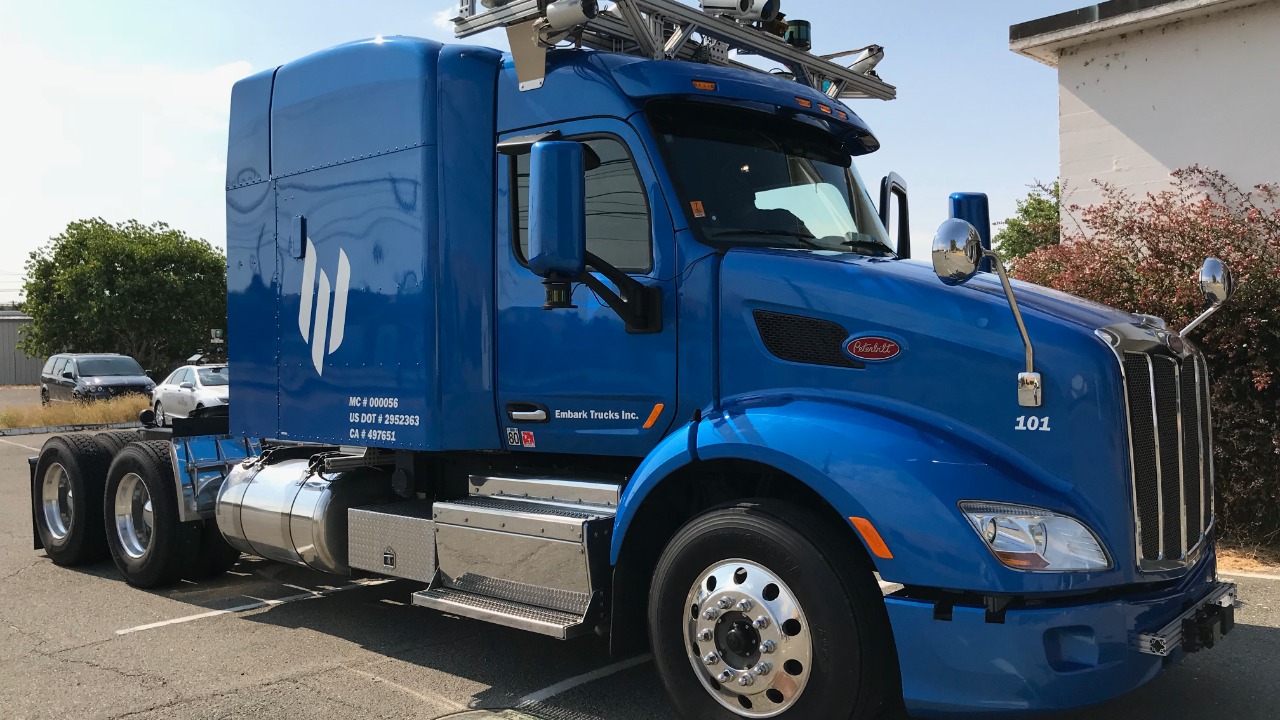
Aurora Innovation’s driverless semi-truck initiative represents a significant technological shift, with plans for commercial deployment in 2025. This initiative, which includes partnerships with companies like Uber Freight, focuses on U.S. highways to achieve cost savings and efficiency gains. The deployment of autonomous trucks could revolutionize the American trucking industry, offering potential benefits in terms of safety, efficiency, and cost reduction. Source.
In Europe, manufacturers like Daimler have advanced the adoption of platooning and Advanced Driver Assistance Systems (ADAS) in trucks, driven by urban safety mandates. These technologies aim to enhance safety and efficiency in urban environments, reflecting Europe’s regulatory focus on safety and sustainability.
The development and deployment of autonomous technology could either widen or narrow the gap between American and European trucking industries. While the U.S. benefits from vast distances and open highways, Europe’s regulatory hurdles for Level 4 autonomy present challenges. The future of trucking in both regions will depend on how these technological advancements are integrated and regulated, with significant implications for manufacturers, drivers, and consumers alike.